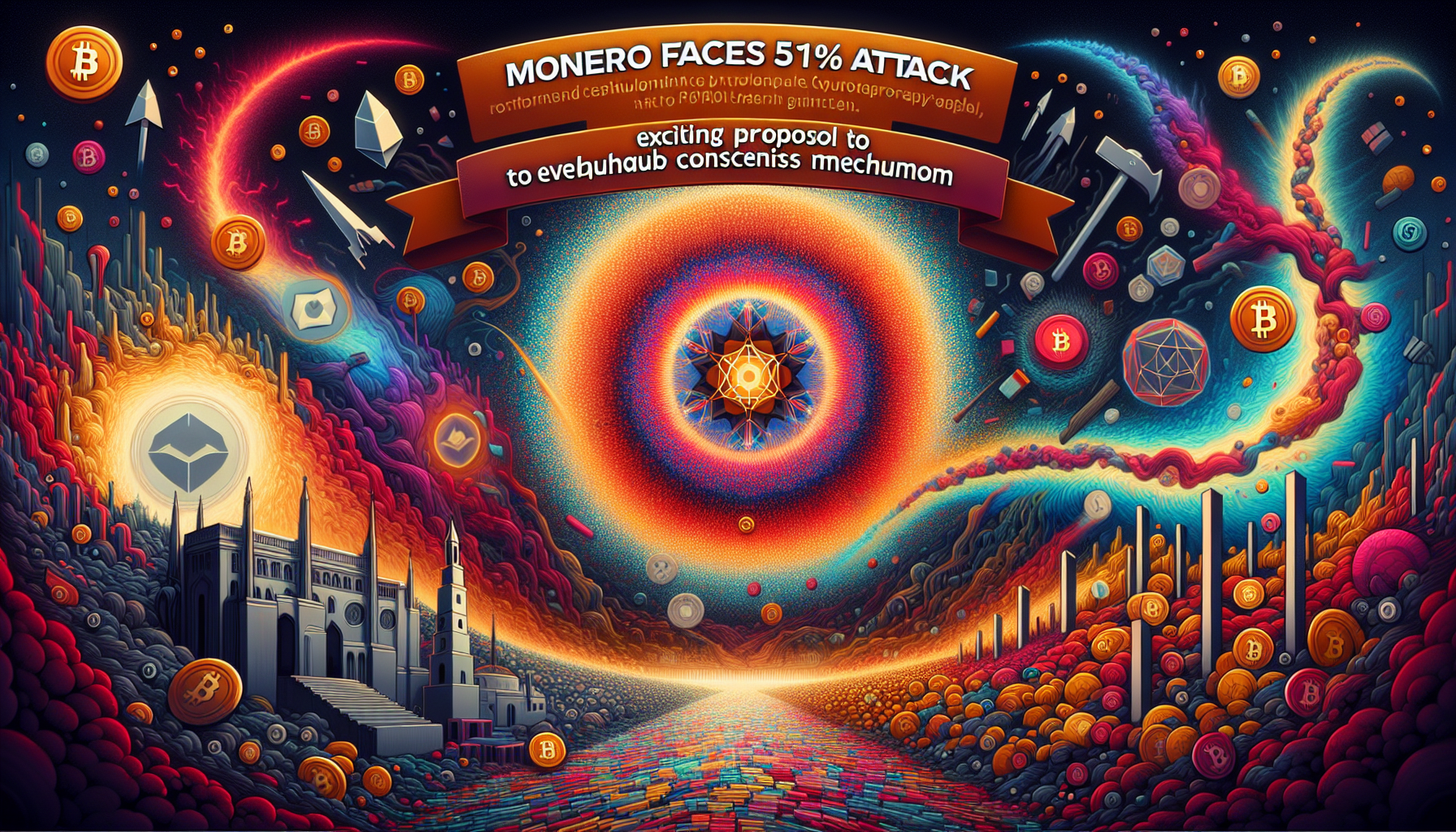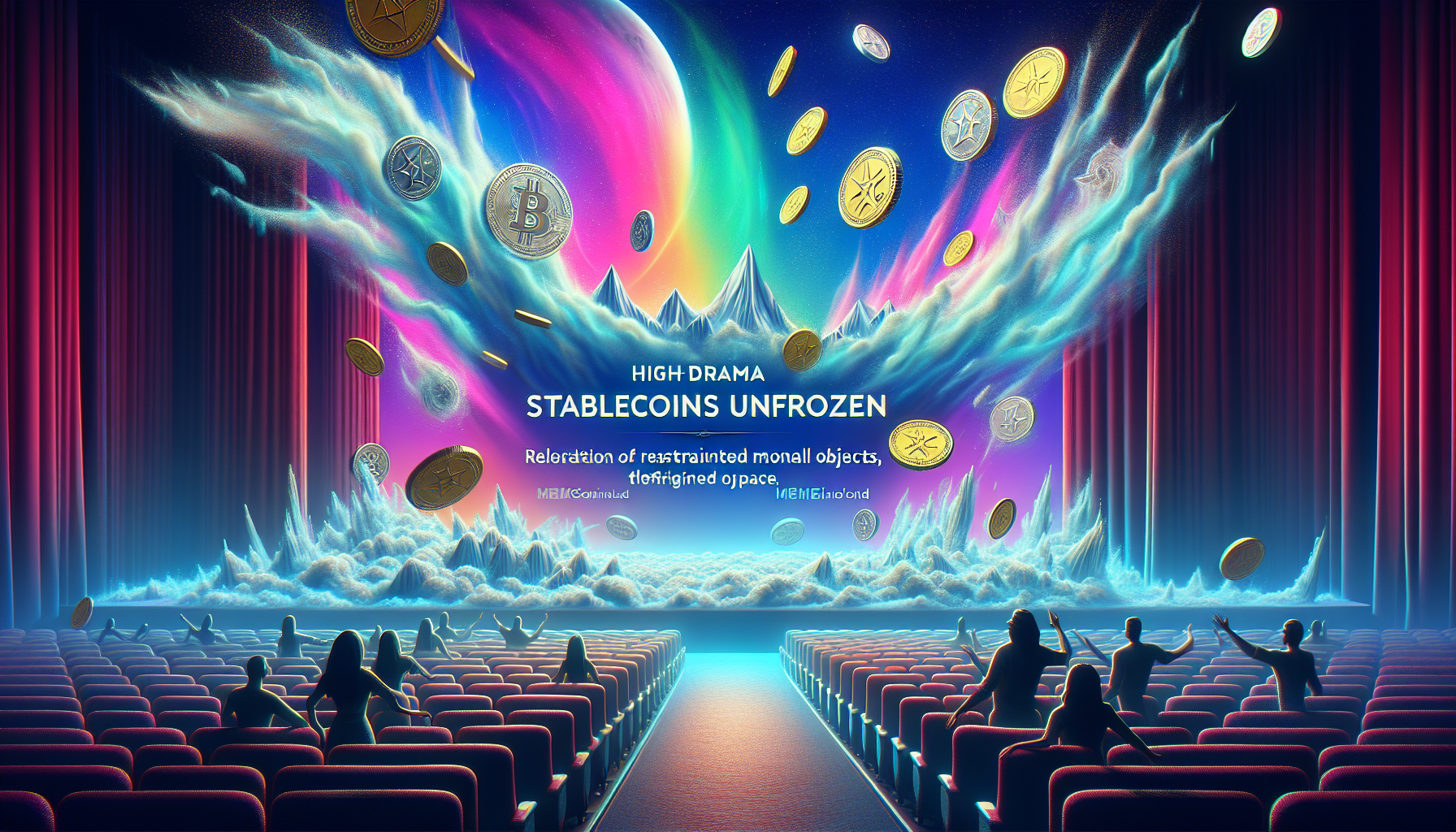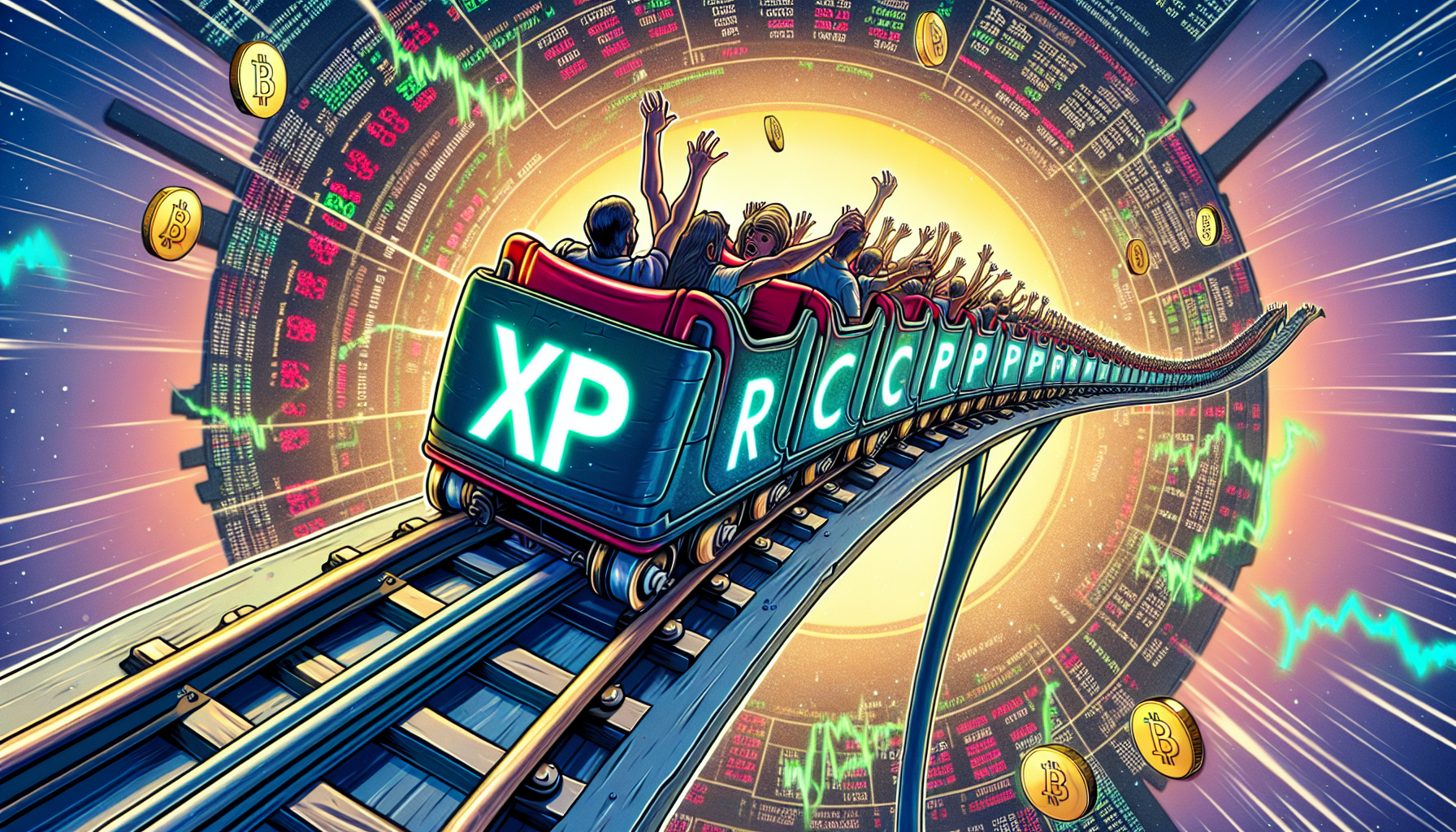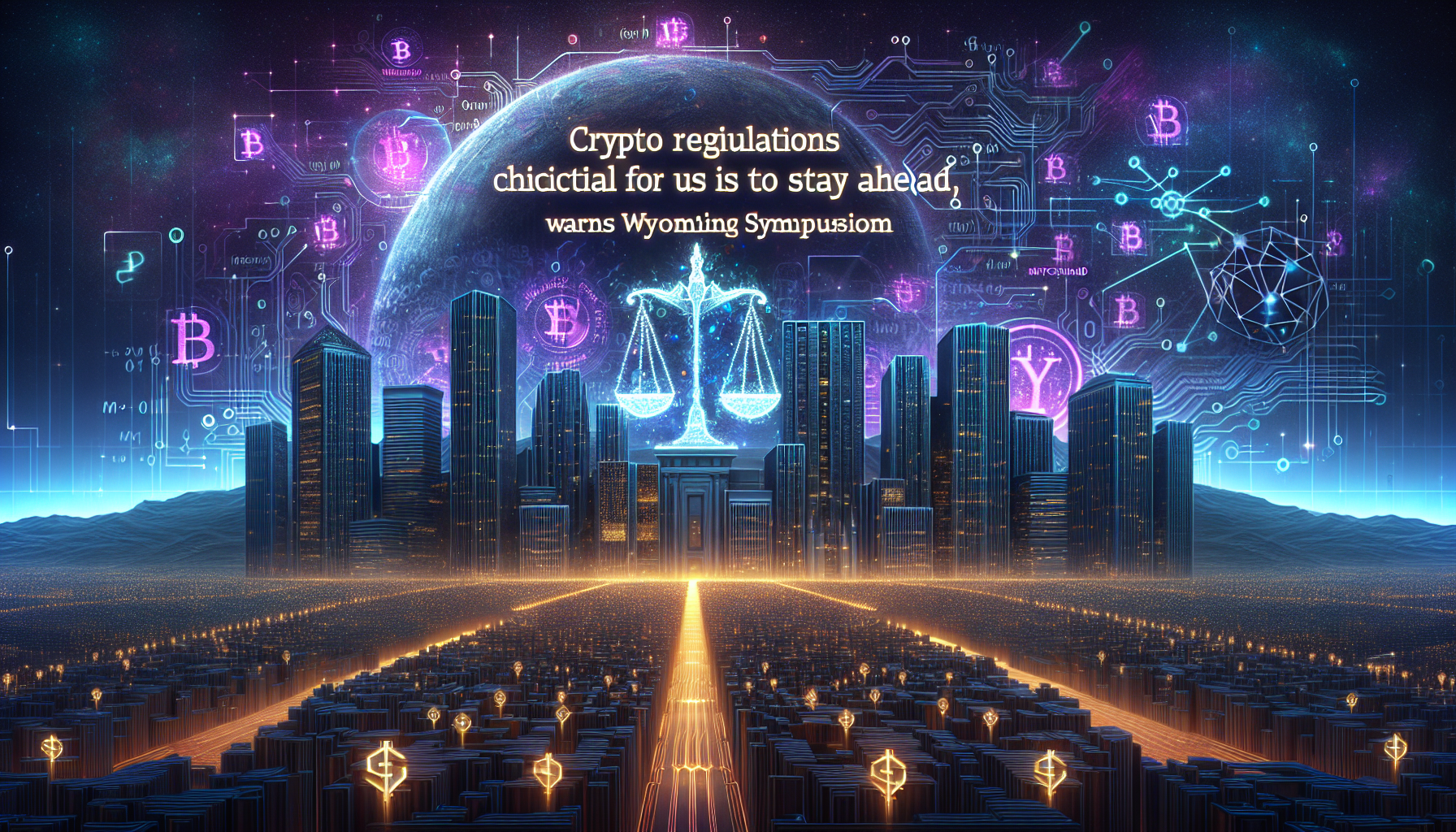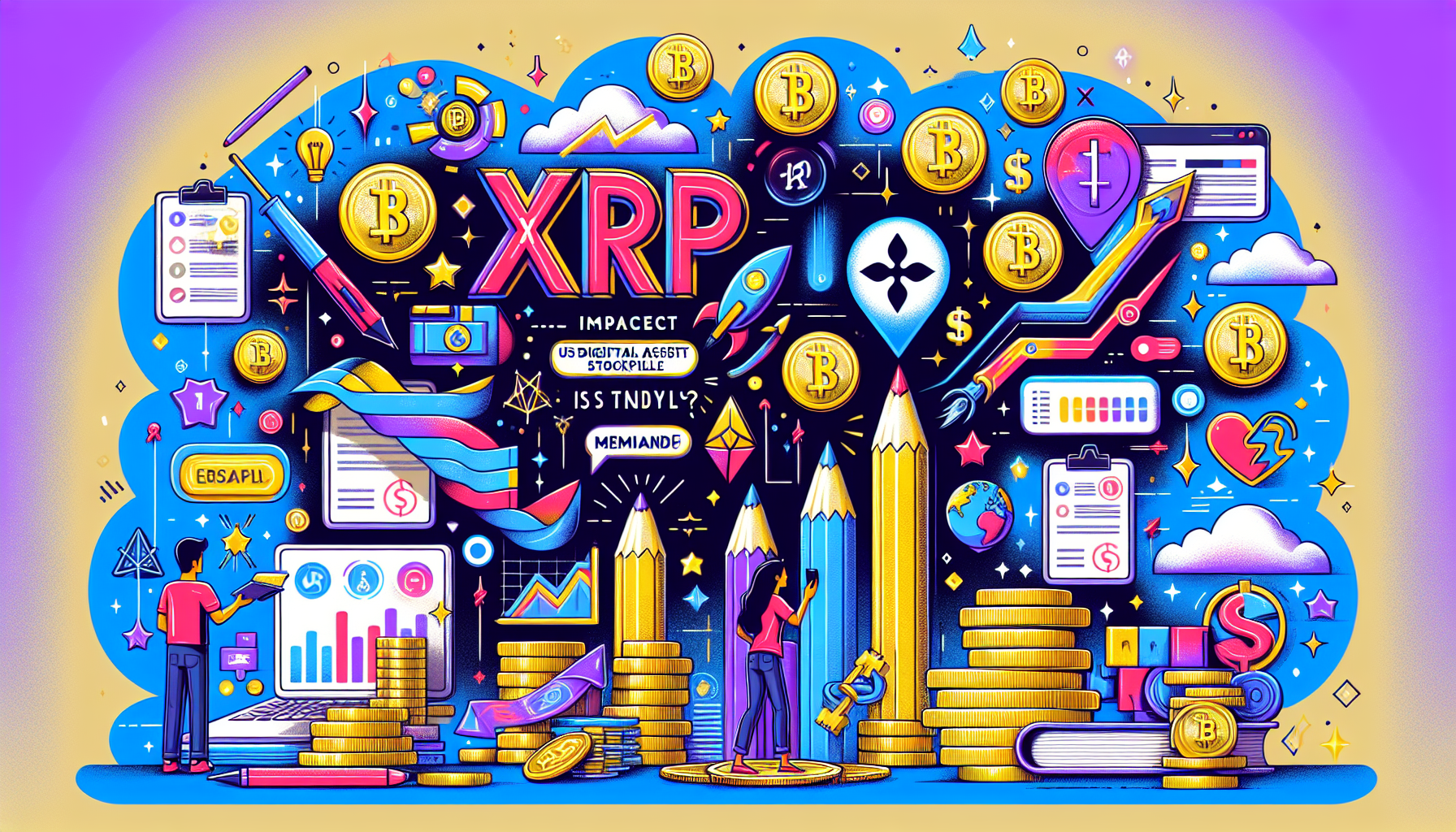 Ripple’s XRP is making waves in the crypto world! Recently, it snagged a spotlight moment when former President Donald Trump gave it a nod alongside BTC, ETH, SOL, and ADA. This shout-out came as part of a plan to create a US strategic crypto reserve. Yes, you heard that right—a crypto reserve!
Ripple’s XRP is making waves in the crypto world! Recently, it snagged a spotlight moment when former President Donald Trump gave it a nod alongside BTC, ETH, SOL, and ADA. This shout-out came as part of a plan to create a US strategic crypto reserve. Yes, you heard that right—a crypto reserve!
On March 6, Trump’s executive order set the stage for the Digital Asset Stockpile, a new initiative managed by the Treasury. This move has stirred up quite the buzz in the crypto community, with debates raging over XRP’s true value and utility.
XRP isn’t just any altcoin; it’s got some serious potential in the banking sector. Ripple Labs launched XRP in 2012, aiming to revolutionize interbank settlements. With solutions like xRapid, xCurrent, and xVia under its belt, RippleNet is all about real-time messaging and settlement between banks. However, only On-Demand Liquidity (ODL) requires XRP, meaning banks can use RippleNet without holding the token.
Big names like American Express and Santander have already jumped on the RippleNet train. But when it comes to ODL, it’s companies like SBI Remit and Tranglo leading the charge. Despite this, XRP’s price isn’t always driven by bank adoption.
Now, let’s talk Web3. XRP plays a role here too, albeit a smaller one. Unlike Ethereum’s complex smart contracts, XRP focuses on basic Web3 functionality. It offers a token issuance mechanism and native NFT support under the XLS-20 standard. But with a modest DeFi sector and XRPL’s Web3 ecosystem still finding its footing, XRP’s role in Web3 remains niche.
The crypto pundits are having a field day with XRP’s inclusion in a strategic reserve. Ripple Labs’ CEO Brad Garlinghouse is all for equal treatment of cryptocurrencies. He believes any government digital asset reserve should represent the industry as a whole—not just one token.
But not everyone agrees. Bitcoin is seen as a “geopolitically neutral asset,” while XRP’s purpose is less defined. Its permissioned nature raises eyebrows, as it doesn’t rely on miners or staked tokens like Bitcoin or Ethereum. Instead, it uses a Unique Node List for transaction approval, sparking concerns about censorship and security risks.
Bitcoiners and Ripple supporters often clash, especially after Ripple co-founder Chris Larsen backed an anti-Bitcoin campaign with Greenpeace. Critics argue that XRP functions more like a banking tool than an independent cryptocurrency.
Despite its widespread use in banking, XRP’s utility remains under scrutiny. With 55% of its pre-mined coins held by Ripple Labs, concerns about market manipulation linger.
In conclusion, while XRP is making strides in both banking and Web3, its role in the crypto landscape is still evolving. Whether it truly belongs in a strategic reserve remains a topic of debate. As always, stay tuned for more developments in this ever-changing crypto world!

